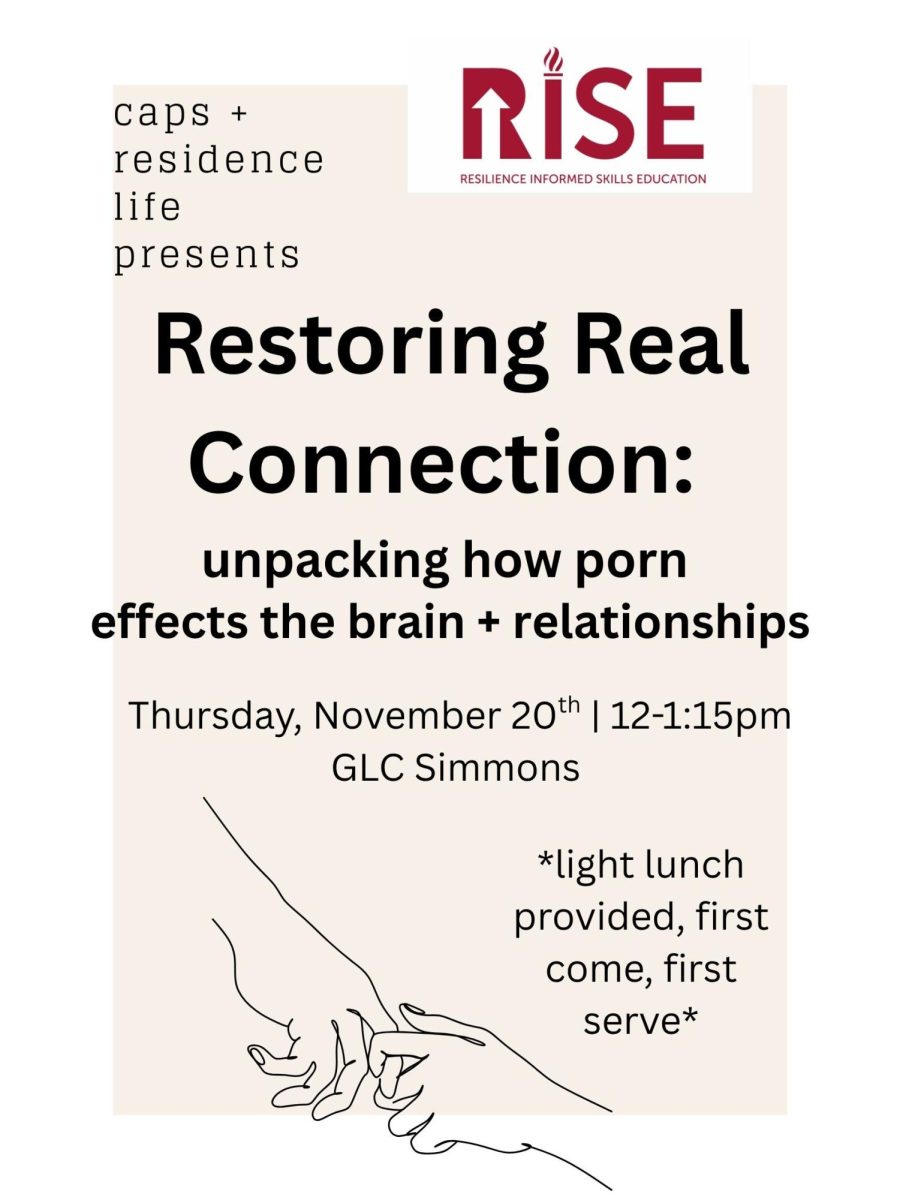Last Wednesday, 13 Westmont students from the Special Populations class volunteered for Santa Barbara’s Point-in-Time Count. They hit the streets at 5:30 a.m. to gather data on the city’s homeless population.
The Point-in-Time count is a function of the U.S. Department of Housing and Urban Development, mandated in every community benefiting from the McKinney-Vento Homeless Assistance Grants. The count always takes place towards the end of January, and has been running since 2005, making this the 19th count nationwide. That said, almost half of these counts only considered sheltered homeless people and use electronic administrative records exclusively. This year, as in every alternating year, the count was an “unsheltered count,” which means outreach workers and volunteers such as our Westmont students were instrumental in conducting field operations. According to the National Alliance to End Homelessness, the data they collected will “inform public opinion, increase public awareness, and attract resources that will lead to the eradication of the [homeless] problem.”
The volunteers were recruited through the Santa Maria/Santa Barbara County Continuum of Care. Students and other volunteers were assigned to various locations, both downtown and suburban, where they interviewed families and individuals experiencing homelessness. Third-year communications major Anika Erlenborn, who was part of the Point-in-Time count downtown, reported that the volunteers approached unhoused persons to introduce themselves, took note of how many they encountered, and asked them to fill out a survey.
The results of last week’s Point-in-Time count are yet to be determined, but prior counts suggest there is reason to be optimistic about a decrease in homelessness in our county. Last year’s count uncovered an almost 4% decrease in the homeless population since the prior year, for a total figure of 1,887 individuals experiencing homelessness. This is a fairly sharp downturn, especially since previous counts had revealed a trend in the opposite direction. The 2023 count revealed an increase in the total number of sheltered homeless, meaning the percentage of homeless individuals who were sheltered rose by over 13%.
Outside of the statistical benefits, the Point-in-Time count also offered new perspectives to those who were able to volunteer. Erlenborn noted that her “takeaway surrounds the concept of embodiment. Moving our bodies towards people on the margins defines our call to follow Jesus.” She was inspired by Westmont faculty member Jim Wright, who also volunteered, to conclude that “it’s hard to do the right thing in the wrong places. Walking up and down streets in SB, and talking with people experiencing homelessness is one of those right places.”






